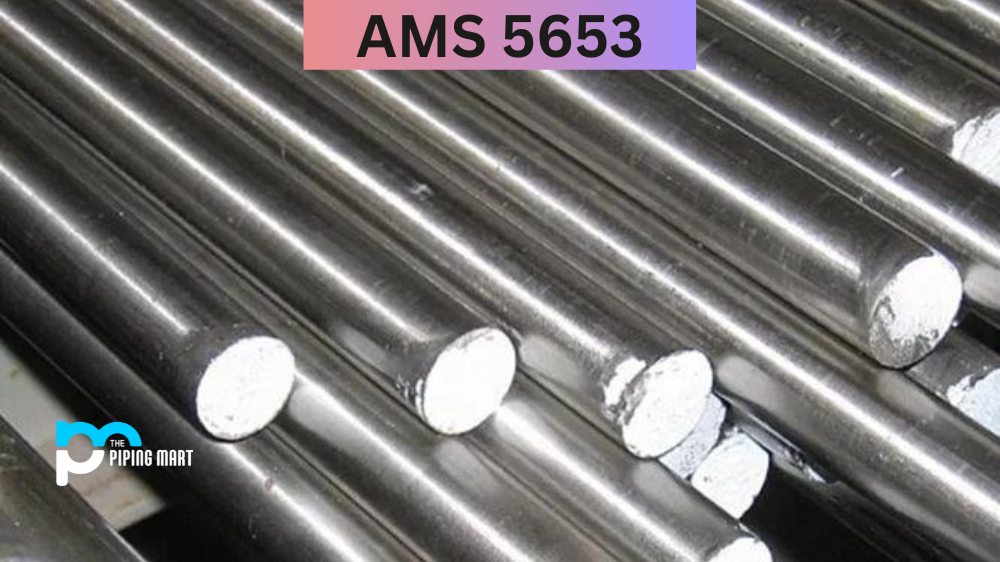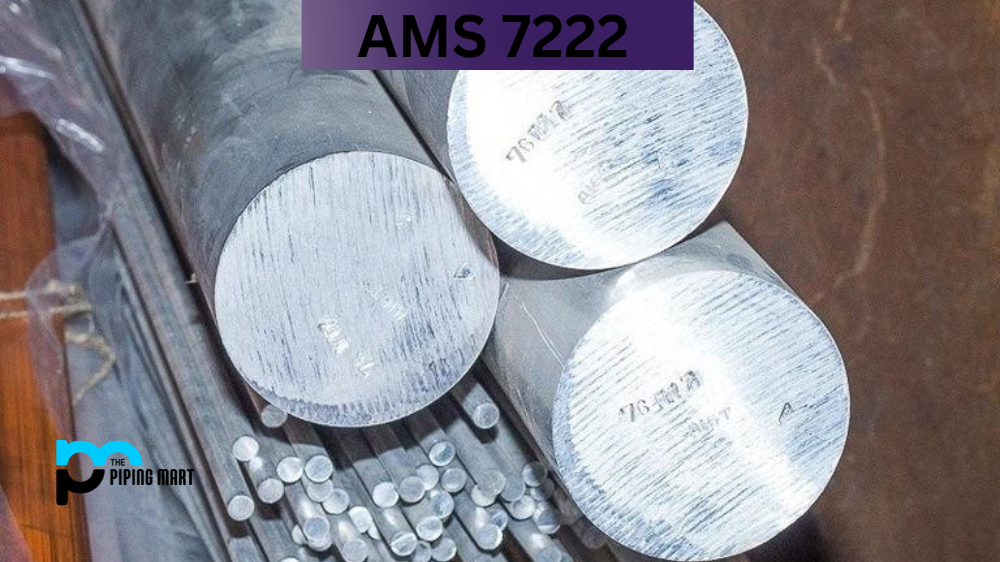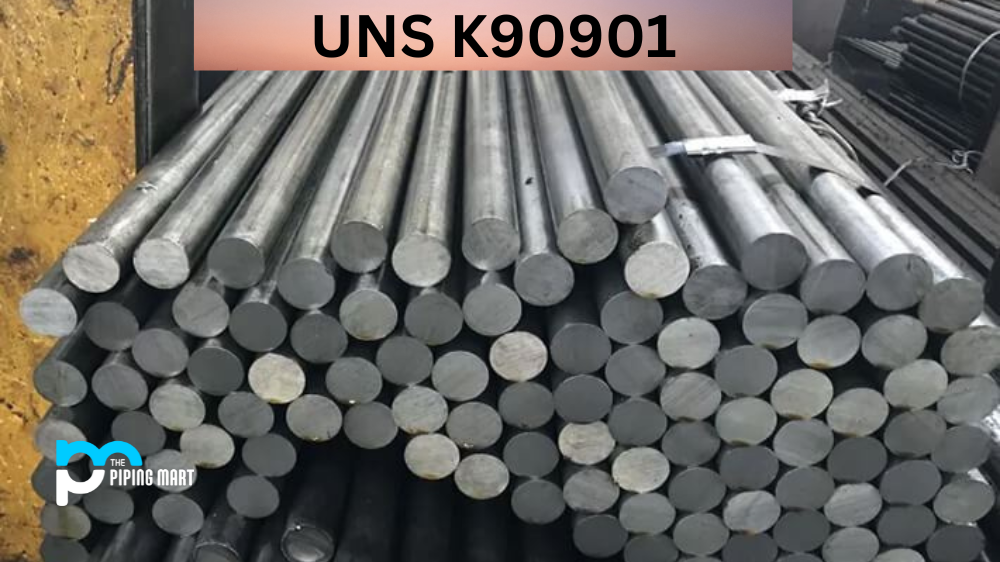Hastelloy F is one of the most popular and widely-used materials in the world of metals and alloys. It is an austenitic nickel-chromium alloy known for its exceptional resistance to corrosion in aggressive environments. This blog will explore the composition, physical and mechanical properties, uses, hardness, heat treatment, welding, and corrosion resistance of Hastelloy F.
Hastelloy F Composition
Hastelloy F is an alloy that contains approximately 23% chromium, 22% molybdenum, 6.1% iron, 5% tungsten, 2.5% cobalt, 1.5% manganese, and traces of other metals such as nickel, titanium, and aluminium. The high concentration of chromium and molybdenum provides excellent resistance to corrosion and erosion in high-temperature environments.
Hastelloy F Physical Properties
Hastelloy F has a density of 8.24 g/cm3 and a melting point of 1371-1430°C. It exhibits good thermal conductivity, low thermal expansion, and high strength at elevated temperatures. Its coefficient of thermal expansion is 13.5 µm/m°C, and its thermal conductivity is 9.46 W/mK.
Hastelloy F Mechanical Properties
Hastelloy F has excellent mechanical properties, including high tensile strength, yield strength, and elongation. Its ultimate tensile strength is 1100 MPa, its yield strength is 760 MPa, and its elongation is 50%. It also has a high resistance to fatigue and creep at elevated temperatures.
Hastelloy F Uses
Hastelloy F is widely used in chemical processing, particularly in corrosion and heat resistance applications. It is commonly used for manufacturing reactor vessels, heat exchangers, piping systems, and other equipment that comes in contact with highly acidic or corrosive materials.
Hastelloy F Hardness
Hastelloy F has a Vickers hardness 320, which makes it more complicated than some other alloys in its class. Its hardness can be increased through heat treatment or cold work to improve its wear resistance and fatigue strength.
Hastelloy F Heat treatment
Hastelloy F can be heat treated by annealing, solution treating, and quenching to enhance its properties, such as flexibility, resistance to stress corrosion cracking, and toughness. However, care should be taken to avoid excessive heat exposure, which can cause grain growth and reduce the material’s strength.
Hastelloy F Welding
Hastelloy F can be welded by gas tungsten arc welding (GTAW), gas metal arc welding (GMAW), and shielded metal arc welding (SMAW). It is recommended to preheat the material before welding to avoid cracking and to use filler material that matches the base metal’s composition.
Hastelloy F Corrosion Resistant
Hastelloy F has excellent corrosion resistance in highly oxidizing and reducing environments, especially those containing sulfuric, hydrochloric, phosphoric acids, chlorine, and bromine derivatives. It is also resistant to pitting, crevice, and intergranular corrosion, making it suitable for harsh environments.
Conclusion
In conclusion, Hastelloy F is a versatile and highly valuable alloy with superior corrosion resistance and mechanical properties in high-temperature environments. Its composition, physical and mechanical properties, uses, hardness, heat treatment, welding, and corrosion resistance make it an ideal material for various applications in the chemical processing industry. Whether you need a reactor vessel, heat exchanger, piping system, or other equipment that can withstand harsh conditions, Hastelloy F is an excellent material choice.

Abhishek is a seasoned blogger and industry expert, sharing his insights and knowledge on various topics. With his research, Abhishek offers valuable insights and tips for professionals and enthusiasts. Follow him for expert advice on the latest trends and developments in the metal industry.




